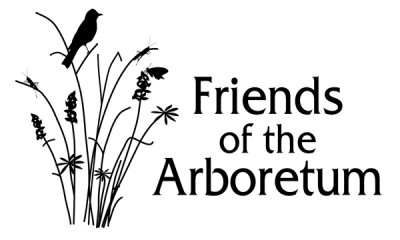COMMON NAME: Cinnamon Fern
SCIENTIFIC NAME: Osmunda cinnamomea – The origin is uncertain, but might
refer to the Saxon god Osmunder the Waterman, who hid his family in a clump of
these ferns. And cinnamomea comes from the Latin for cinnamon, the color of the
spores born on the fertile frond.
REPRODUCTION: Bears its spores in late May. The spores are short lived. These
spores are borne on a separate frond from the sterile “leaves.”
SIZE: Large plant up to 5 feet tall.
BEHAVIOR: Forms dense brush-like masses with a dozen or more groups of fronds
growing from the crown. The fertile fronds are in the center.
SITE REQUIREMENTS: Wet areas, marshes, thickets, wet fields, ditches. Likes
muddy soil with pH 4 to slightly acid, pH 6.5. Prefers light shade.
SPECIAL FEATURES: A very beautiful, tall, graceful fern. Fronds are bright green
turning yellow and then bronze in the fall. In dense shade the fronds have pinkish
stems. The fiddleheads are covered with dense white fuzz that later turns brown
and falls off. Birds use this fuzz as nesting material.
NATURAL RANGE: Throughout Wisconsin. From Newfoundland to Minnesota and
south to the Gulf States. Varieties occur in tropical America and in eastern Asia.
SUGGESTED CARE: Provide ample moisture, fine loamy soil, and light to moderate
shade.
COMPANION PLANTS: In boggy sites found with Goldthread, Spinulose Shield Fern,
Winterberry, Royal Fern, Black Chokeberry, and Dewberry. At springs it is found
with Marsh Marigold, Marsh Shield Fern, Boneset, Swamp Goldenrod and Skunk
Cabbage.
608-890-2555
staff@foamadison.org

